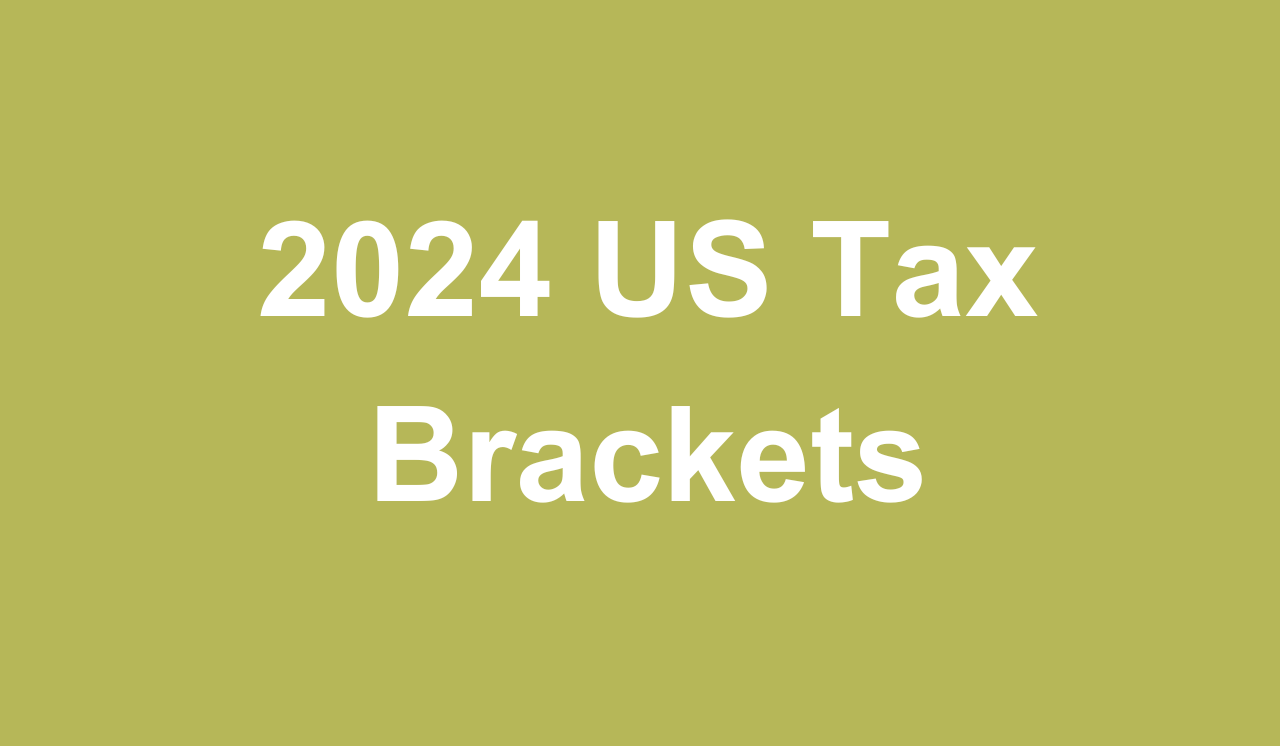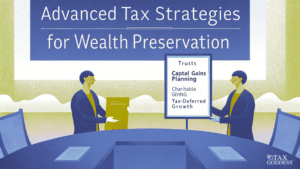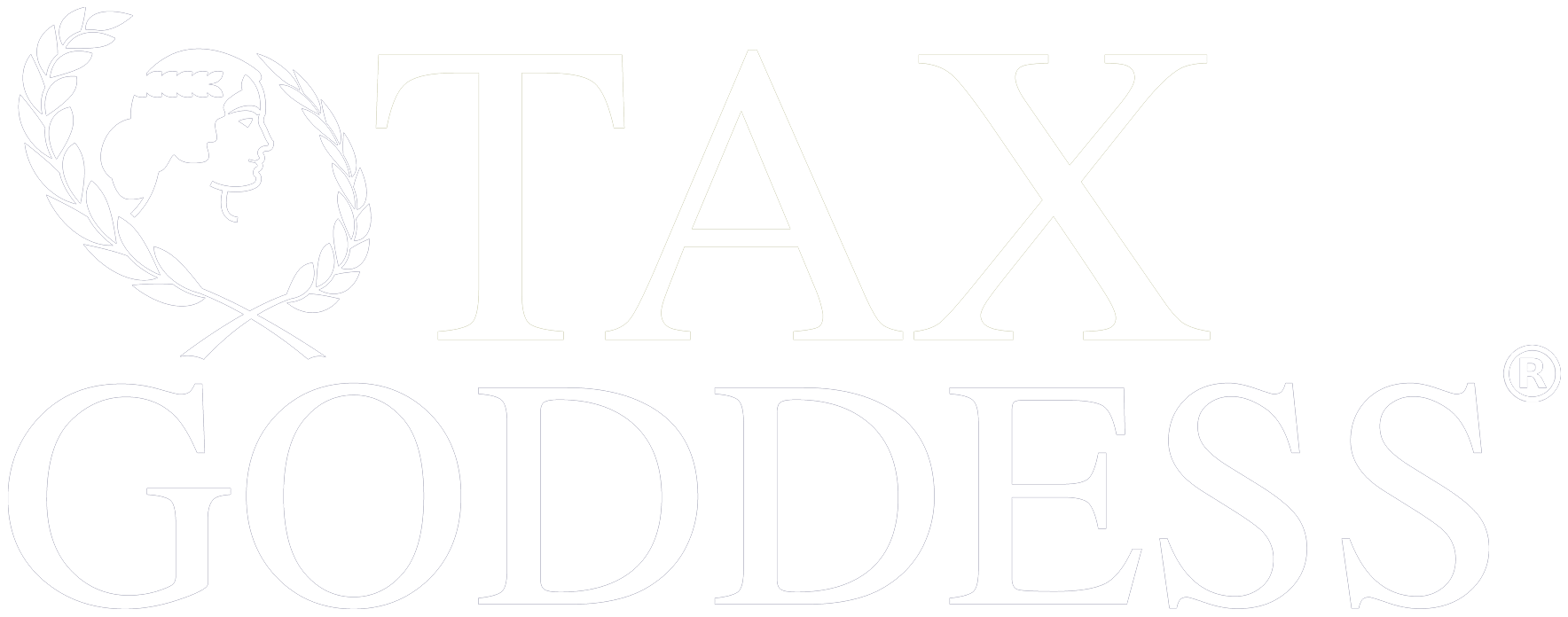As we bid farewell to 2023, it’s crucial to shift our focus to the upcoming changes in 2024, especially in the world of taxes. The IRS has unveiled new tax brackets for 2024, a more significant development than you might initially think. While discussing taxes might not be top of mind during the festive season, grasping these new tax brackets is vital to optimizing your financial health in the year ahead. In this article, we’ll delve into the specifics of the 2024 tax brackets and explore their potential impact on your financial planning. Stay tuned to uncover how these changes can affect you.
Before delving into the details of the new tax brackets for 2024, let’s briefly go through the following terms.
Alternative Minimum Tax (AMT)
This system was introduced to ensure that individuals with higher incomes pay a minimum amount in taxes. It requires you to calculate your taxes under the regular tax system and the AMT and pay whichever is higher. The AMT considers a different set of rules for what counts as taxable income and applies two rates: 26% and 28%.
Bracket Creep
Bracket creep occurs when inflation gradually gets you into a higher tax bracket, increasing your tax obligations without a real increase in your income. To counteract this, the IRS adjusts tax-related figures for inflation. Since 2018, they have used the Chained Consumer Price Index (C-CPI) for more accurate adjustments. This helps ensure that the tax brackets and the value of tax credits and deductions remain fair and relevant despite inflationary pressures.
2024 Tax Brackets Explained
For 2024, the IRS has set seven distinct tax brackets (10%, 12%, 22%, 24%, 32%, 35%, and 37%) to cater to varying income levels. These brackets are essential for determining how much tax you’ll owe based on your income. They range from the lowest to the highest income levels, each with a corresponding tax rate.
10% Tax Bracket
The first tax bracket impacts taxpayers with various filing statuses differently. For single filers, it targets incomes between $0 and $11,600. Married couples filing together have a range of $0 to $23,200. If you’re filing as the head of a household, your bracket spans from $0 to $16,550. In simple terms, a single person earning $9,000 pays $900 in taxes, which is 10% of their income. A married couple with a combined income of $22,000 pays $2,200, which is also 10%.
This bracket seeks to ensure fairness in the U.S. tax system, particularly for those earning less.
12% Bracket
Moving to the 12% tax bracket covers a broader income range than the first bracket. Single filers in this bracket have incomes between $11,600 and $47,150. For married couples filing jointly, this range is from $23,200 to $94,300, and for heads of households, the incomes span from $16,550 to $63,100. For example, a single filer making $30,000 annually would pay 10% on the first $11,600 and 12% on the remaining $18,400.
The calculation would be as follows:
$1,160 (10% of $11,600) + $2,208 (12% of $18,400) = $3,368.
This bracket represents a gradual increase in the tax rate for moderate earners.
22% Bracket
In the 2024 tax year, the 22% bracket applies to single filers with taxable incomes between $47,150 and $100,525, married couples filing jointly with incomes from $94,300 to $201,050, and heads of households earning between $63,100 and $100,500.
For a single filer with a $75,000 income in the 2024 tax year, the tax calculation in the 22% bracket involves several steps:
First $11,600:
- Tax Rate: 10%
- Tax Amount: $1,160 ($11,600 x 10%)
Income between $11,600 and $47,150:
- Amount: $35,550 ($47,150 – $11,600)
- Tax Rate: 12%
- Tax Amount: $4,266 ($35,550 x 12%)
Income above $47,150 up to $75,000:
- Amount: $27,850 ($75,000 – $47,150)
- Tax Rate: 22%
- Tax Amount: $6,107 ($27,850 x 22%)
Total Tax: $1,160 + $4,266 + $6,107 = $11,533
24% Tax Bracket
For those in the 24% bracket, single filers with incomes between $100,525 and $191,950, married couples filing jointly between $201,050 and $383,900, and heads of households from $100,500 to $191,950 are affected. For instance, a single filer earning $150,000 would calculate their taxes by applying the rates of the lower brackets first and then 24% on the income within this range, as shown in the preceding calculations. This bracket caters to upper-middle-class earners, slightly raising their tax responsibility in proportion to their income.
32% Tax Bracket
The 32% bracket touches incomes for single filers from $191,950 to $243,725, married couples filing jointly from $383,900 to $487,450, and heads of households from $191,950 to $243,700. A single person earning $200,000, for example, would pay taxes at lower rates up to $191,950 and 32% on the remaining amount.
35% Tax Bracket
This bracket is designed for higher earners. It includes single filers with incomes from $243,725 to $609,350, married couples jointly earning between $487,450 and $731,200, and heads of households making $243,700 to $609,350. An individual earning $500,000 would be taxed progressively at the lower rates up to $243,725 and then at 35% beyond that threshold.
37% Tax Bracket
The top U.S. tax bracket for 2024 is set at 37%. It affects single filers with incomes over $609,350, married couples filing jointly over $731,200, and heads of households over $609,350. For someone earning $1,000,000, the tax calculation would incorporate all the lower brackets and apply a 37% rate to the income exceeding the lower bracket thresholds. This bracket represents the peak of the progressive tax system, targeting the wealthiest taxpayers with the highest rate.
Key Takeaway
Tax compliance plays a significant role in your financial success as a business owner or entrepreneur in the US. You always want to ensure that you accurately file your tax returns and pay what is due to avoid getting on the wrong side of the IRS. However, being compliant doesn’t mean you should give up all the profits from your hard work due to high tax rates.
The US tax code makes provisions that allow you to slash your tax rate with the right tax strategy. If you are looking to take advantage of these provisions by implementing tax strategies that have resulted in over a BILLION in tax savings, you are right where you need to be. At Tax Goddess, we specialize in helping business owners and entrepreneurs like you break free from the burden of high tax rates.
Book a FREE 30-minute Zoom call with the Tax Goddess Growth Team HERE to launch your tax freedom journey alongside the new year.








